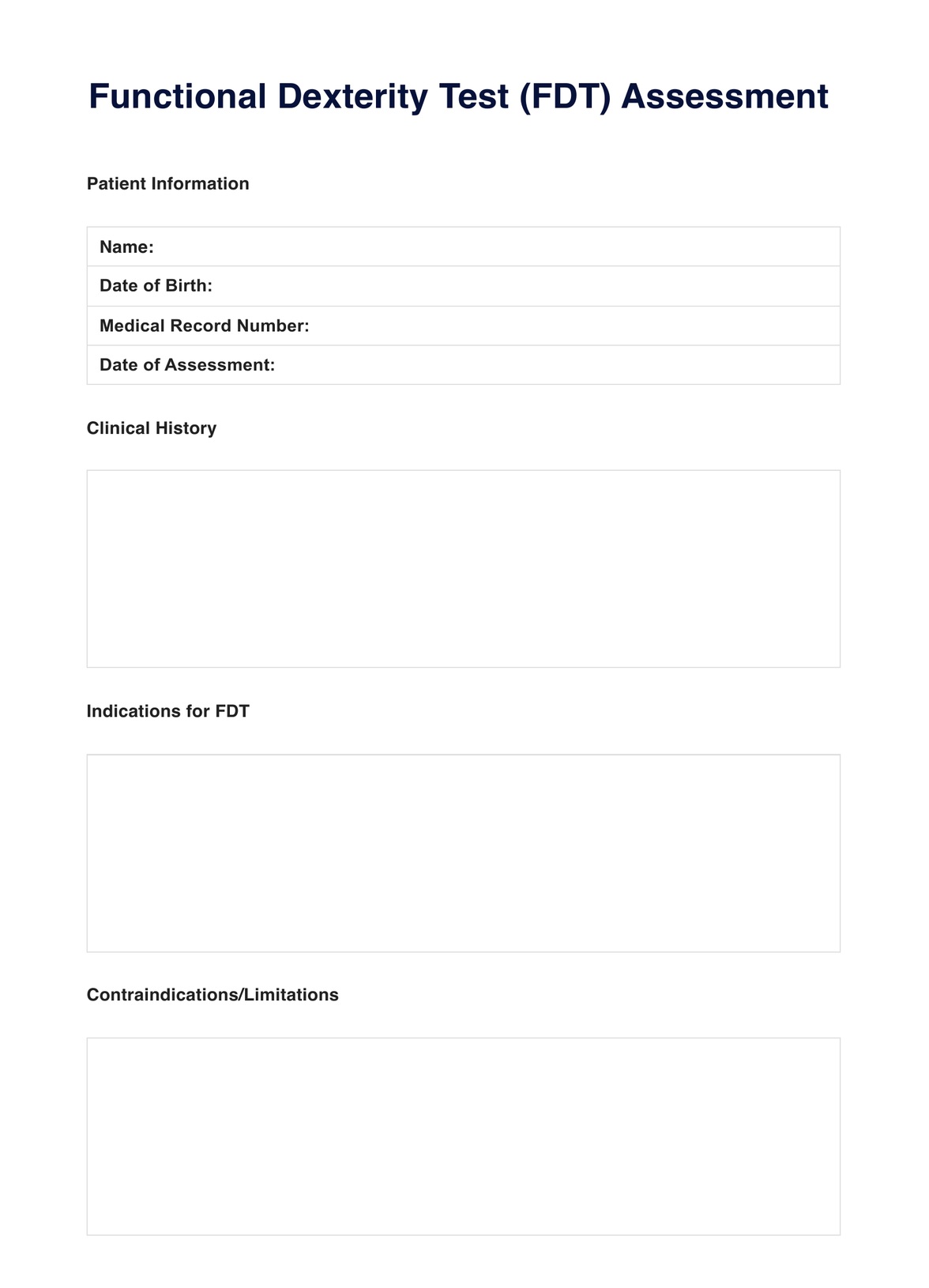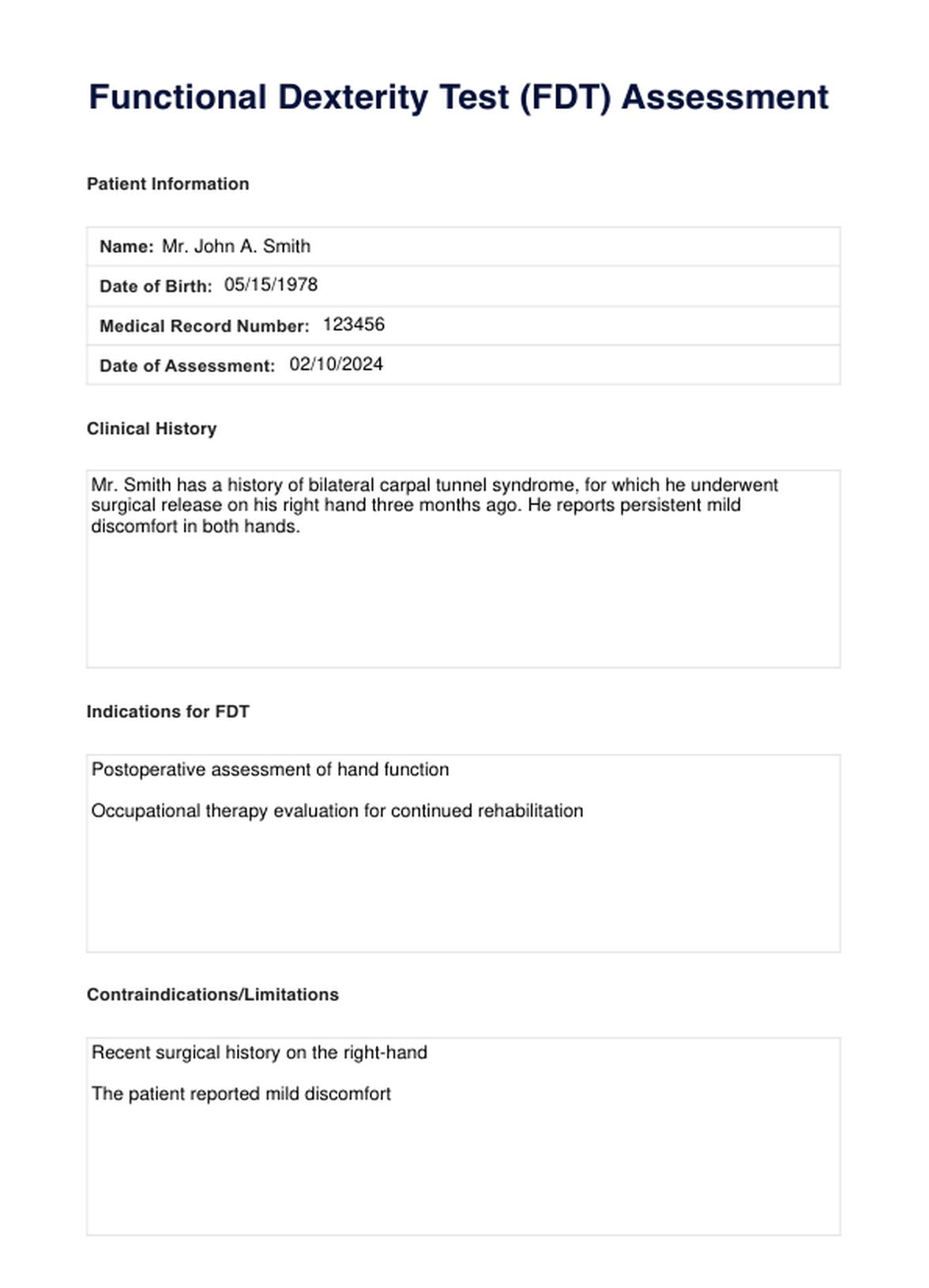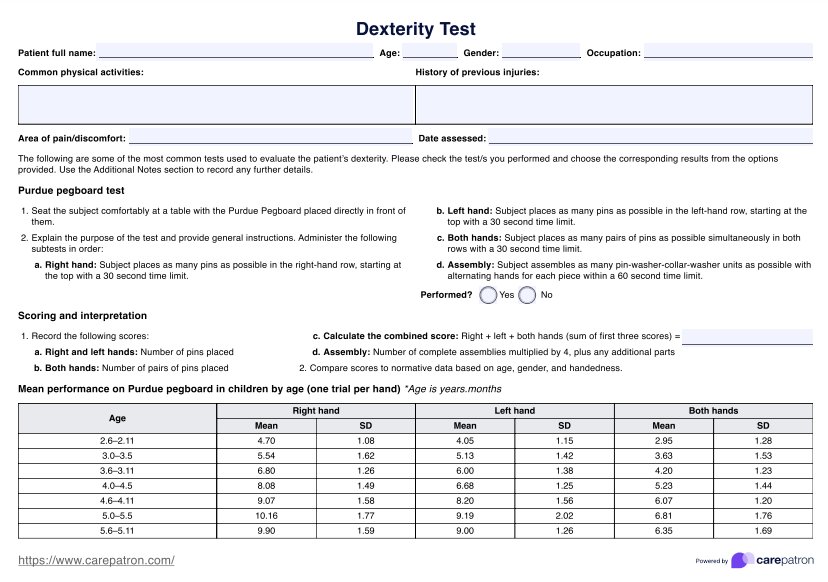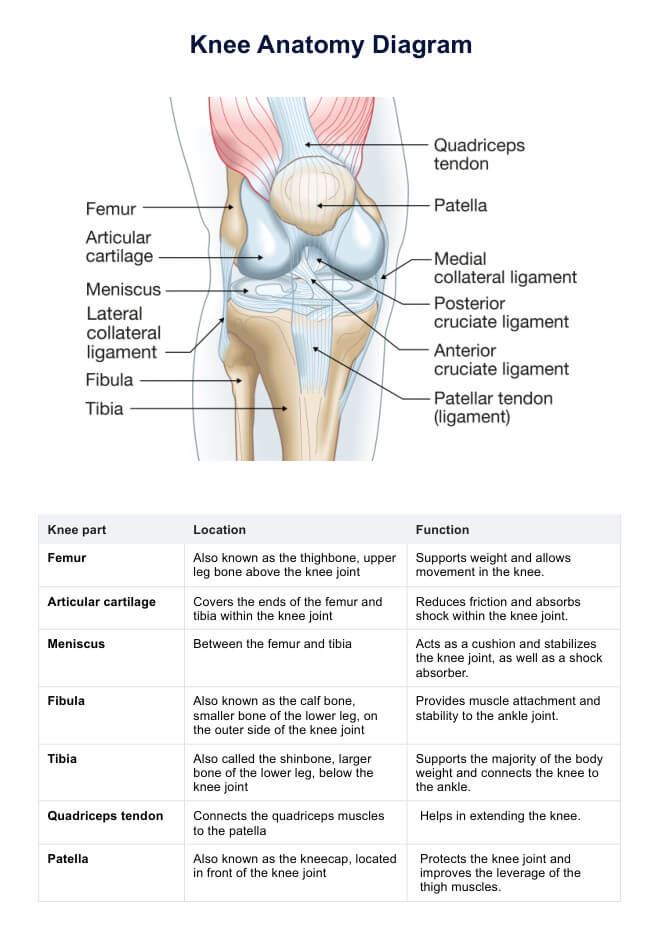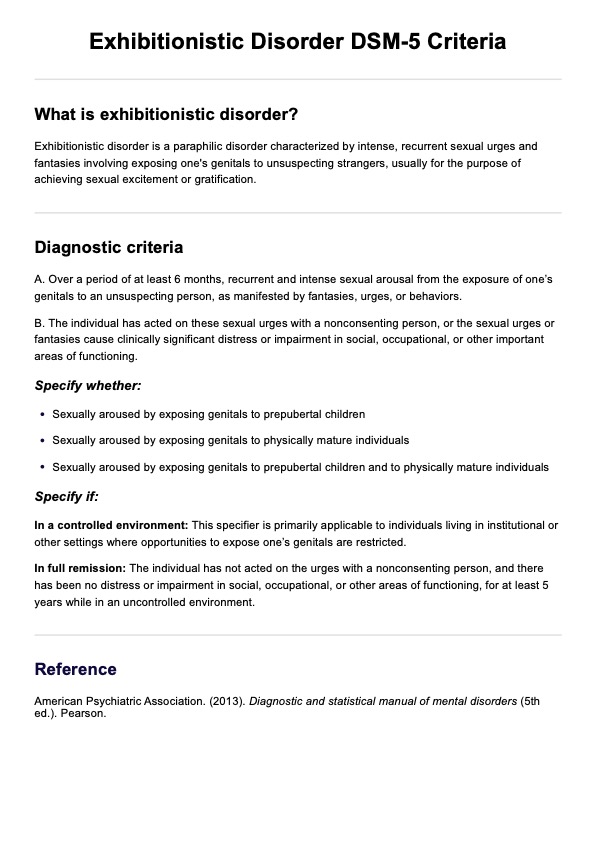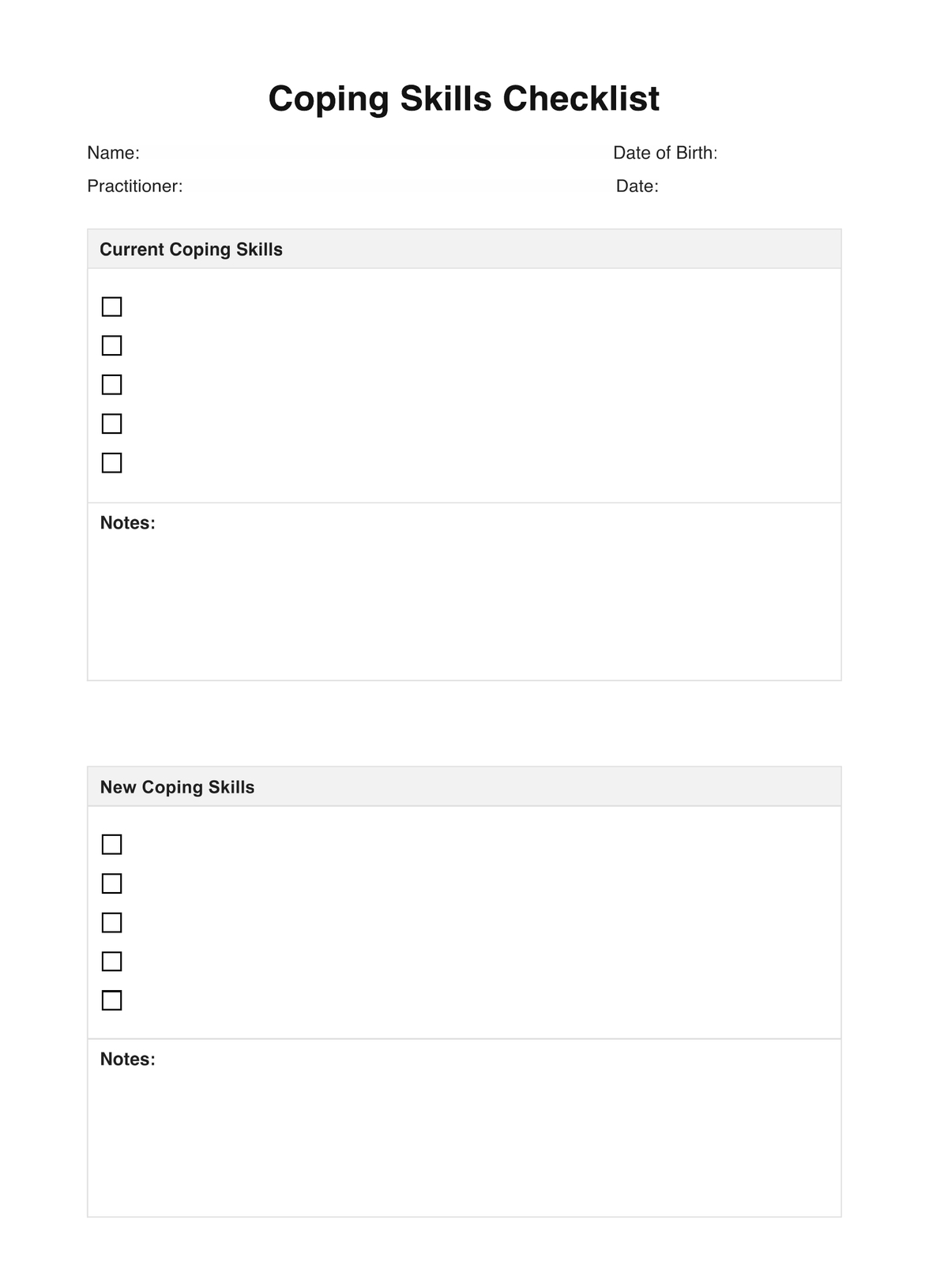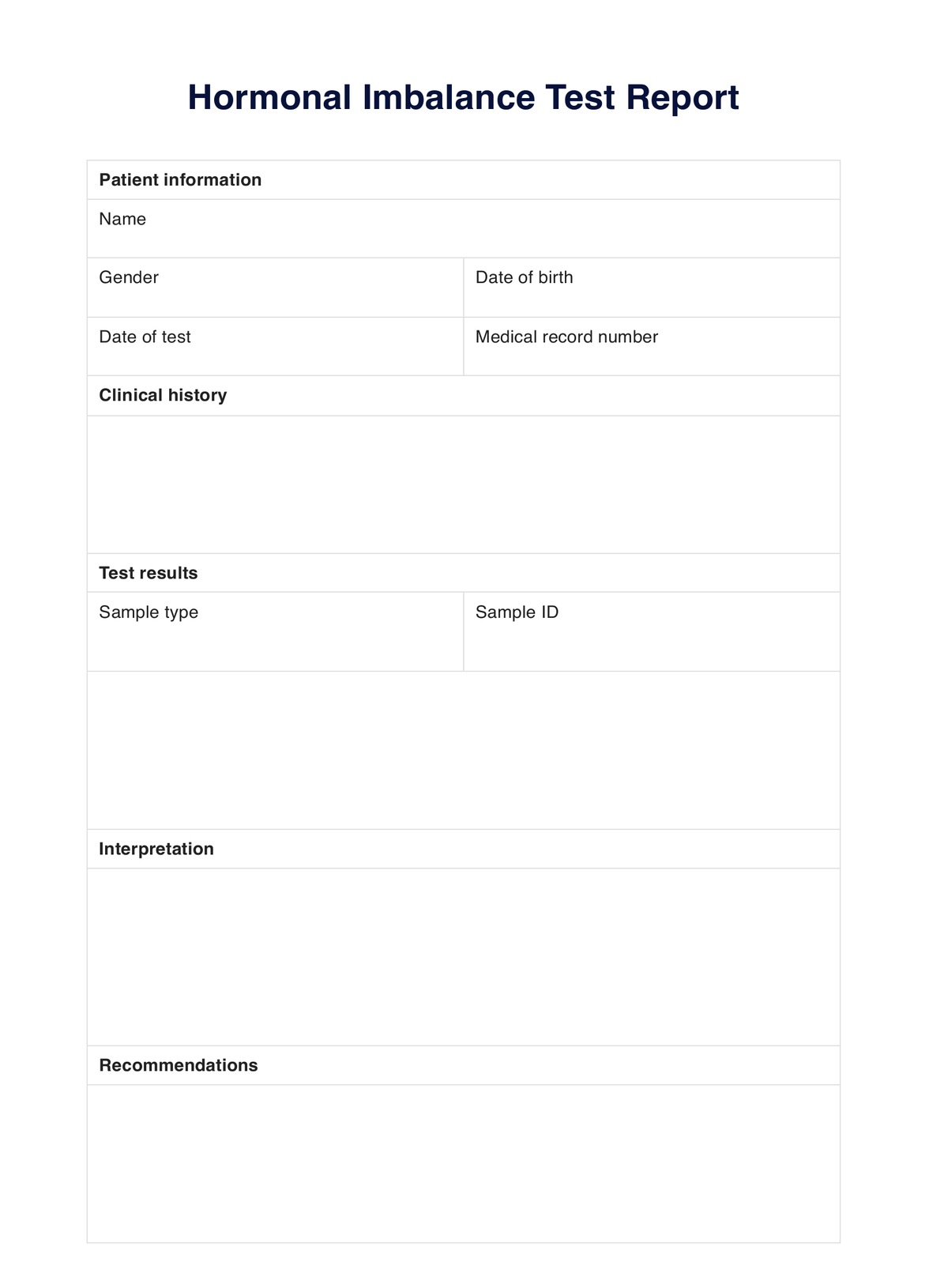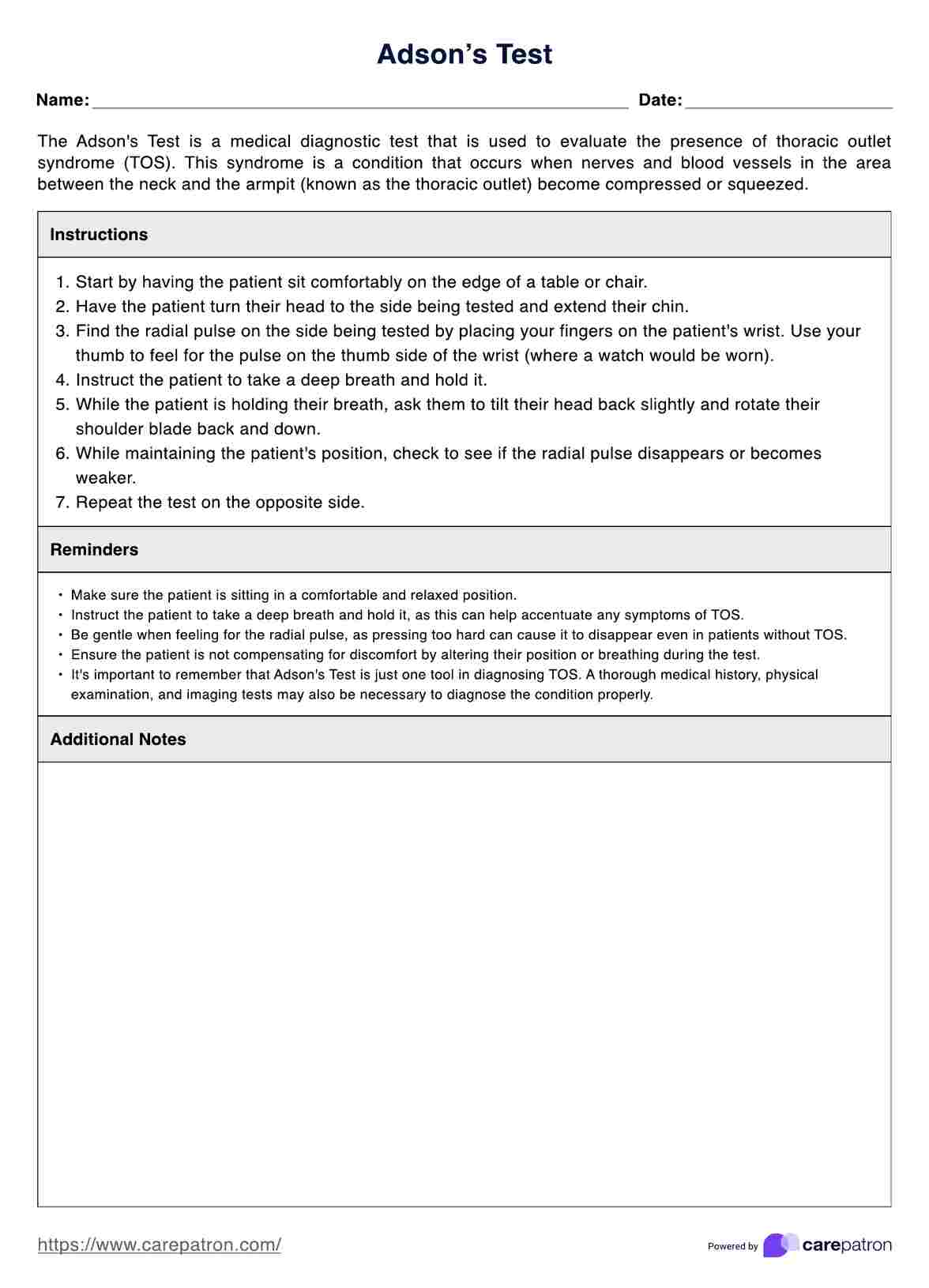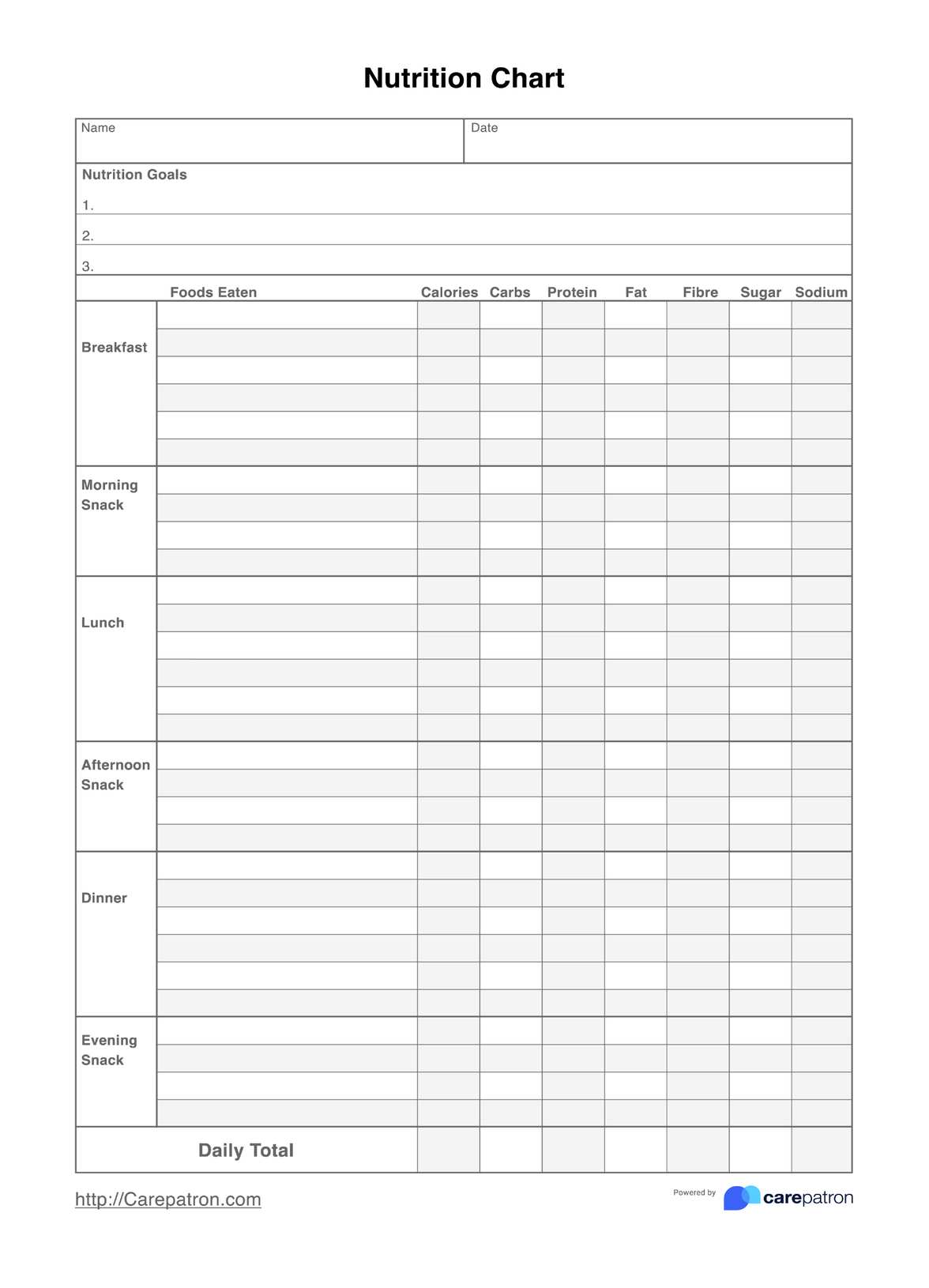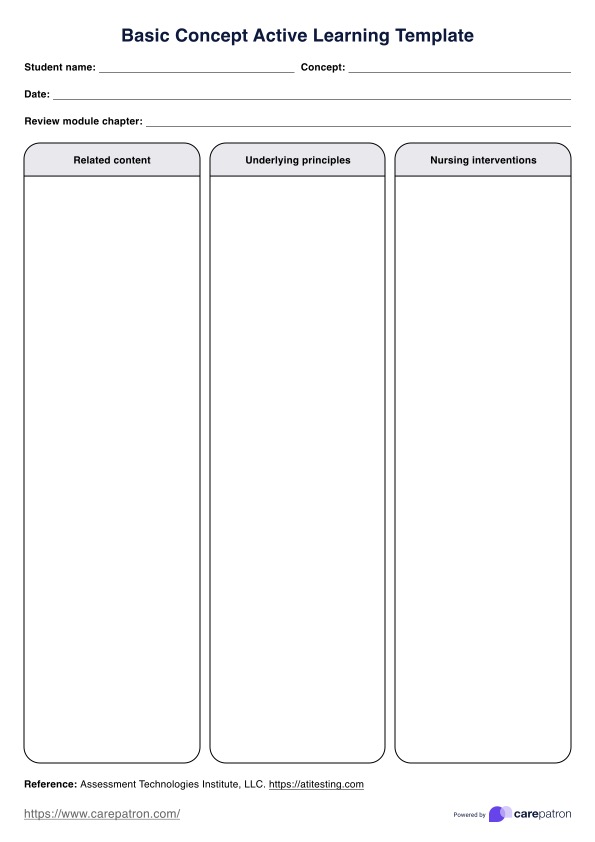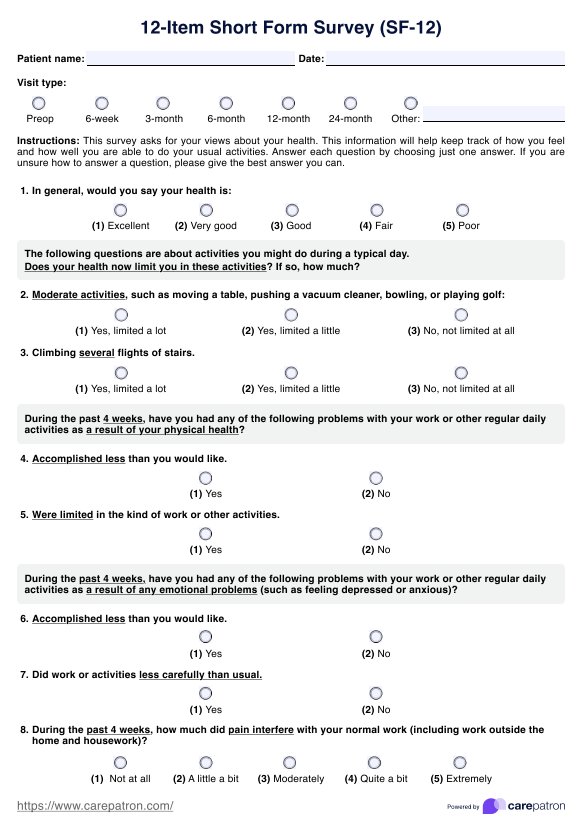Functional Dexterity Test
Explore our Functional Dexterity Test guide for insights on assessing and enhancing manual skills. Elevate functional abilities with expert advice.


What is the Functional Dexterity Test (FDT)?
The Functional Dexterity Test (FDT) is a comprehensive assessment tool designed to evaluate an individual's fine motor skills, particularly hand dexterity, for various functional tasks. This timed test incorporates critical elements such as grasp patterns, hand dominance, and manual dexterity, making it suitable for predicting developmental progress in dexterity.
The FDT test involves turning two wooden pegs within designated areas on a square wooden pegboard, examining grasp release patterns, and sequential hand movements. This dynamic test mirrors functional tasks requiring precision, which is vital for routine examinations in hand therapy. The FDT offers valuable insights for different age groups and non-injured or injured hands with its normative data and preliminary growth charts.
The FDT encompasses various grasp patterns, including the three-jaw and jaw chuck prehension grasp pattern only, making it a versatile tool for assessing hand manipulation. Its statistical data, such as intra-rater and inter-rater reliability, ensures reliability in a busy clinic setting. This test evaluates a patient's ability to perform daily activities at average speed, providing a functional level score sheet for a comprehensive examination.
An essential component in hand function assessment, the FDT meets equipment standards and is comparable to established tests like the Purdue Pegboard Test. With its focus on dynamic tasks, construct validity, and adaptability for pediatric populations, the FDT is an invaluable resource for understanding and predicting the development of functional dexterity across different age groups and clinical scenarios.
Functional Dexterity Test Template
Functional Dexterity Test Example
Why is the Functional Dexterity Test important in medical assessments?
The Functional Dexterity Test (FDT) is important in medical assessments because it thoroughly evaluates an individual's fine motor skills and hand dexterity. Several vital reasons underscore the importance of the FDT in medical assessments:
- Functional task simulation: The FDT involves timed, dynamic tasks that simulate real-life practical activities. This makes it a valuable tool for assessing an individual's ability to perform everyday tasks requiring precision and coordination.
- Comprehensive assessment: By examining grasp patterns, hand dominance, and manual dexterity, the FDT offers a thorough evaluation of fine motor skills. This information is crucial for understanding a patient's overall hand function and identifying areas needing improvement or intervention.
- Predictive value: The FDT is designed to predict developmental progress in dexterity. This predictive aspect is essential in assessing and monitoring the development of fine motor skills in individuals, including those recovering from hand injuries or undergoing rehabilitation.
- Normative data: The test provides normative data and growth charts, allowing healthcare professionals to compare an individual's performance against established benchmarks. This comparative data aids in making informed decisions about treatment plans and interventions.
- Reliability and validity: The FDT demonstrates high test-retest reliability and construct validity, ensuring that the results consistently and accurately reflect the individual's abilities. This reliability is crucial for making informed clinical judgments.
- Versatility: With its adaptability for different age groups, non-injured and injured hands, and various grasp patterns, the FDT proves versatile in catering to a diverse range of patients and clinical scenarios.
- Occupational therapy and hand rehabilitation: The FDT is particularly relevant in occupational therapy and hand rehabilitation settings, where assessing fine motor skills is integral to designing effective therapeutic interventions.
How do I administer the Functional Dexterity Test accurately?
Administering the Functional Dexterity Test (FDT) accurately is crucial to obtain reliable results. Here's a step-by-step guide:
- Prepare the environment: Set up a quiet and well-lit workspace. Ensure that the square wooden pegboard is securely fixed and that all necessary equipment, including wooden pegs, is readily available.
- Explain the procedure: Provide clear instructions to the individual undergoing the test. Explain the tasks involved, emphasizing the importance of performing each task as quickly and accurately as possible.
- Demonstrate grasp patterns: Demonstrate the grasp patterns required for the test, including the three-jaw chuck prehension. Ensure the individual understands how to manipulate the wooden pegs in designated areas.
- Practice rounds: Allow practice rounds to familiarize the individual with the tasks and grasp patterns. This helps reduce anxiety and ensures a more accurate representation of their abilities during the actual test.
- Hand dominance determination: Confirm the individual's hand dominance before starting the test. This information is crucial for interpreting the results accurately.
- Timed test execution: Start the timed test, instructing the individual to complete the tasks typically. Record the time taken for each task and any errors made during the process.
- Grasp release patterns examination: Pay close attention to grasp release patterns and sequential hand movements during the test. These observations provide valuable insights into the individual's fine motor skills and dexterity.
- Record results: Document the results accurately, including the completion time for each task, any errors, and the grasp patterns observed. Use the functional level score sheet to organize and interpret the data.
- Encourage: Offer positive reinforcement and encouragement throughout the test to maintain the individual's motivation and focus.
- Repeat for both hands: If necessary, repeat the test for the non-dominant hand, especially in cases of hand injuries or rehabilitation assessments.
- Data analysis: Analyze the collected data, considering normative values and growth charts if available. Compare the individual's performance to established benchmarks to derive meaningful insights.
Components assessed during the Functional Dexterity Tests
The Functional Dexterity Test (FDT) assesses several critical components related to fine motor skills and hand dexterity:
Grasp patterns and assessment techniques
Precise object manipulation involves evaluating grasp patterns like the three-jaw chuck prehension and other techniques.
- Grasp patterns: The FDT evaluates various grasp patterns, including the functional tripod grasp, to assess how well individuals can precisely manipulate objects.
- Grasp release patterns: Grasp release patterns are examined to understand how individuals coordinate hand movements, offering valuable information about hand function.
- Three-jaw chuck prehension: Specific grasp patterns, such as the three-jaw chuck prehension, are examined, adding detail to the assessment of hand manipulation skills.
- Precision and control: The FDT assesses precision and control in hand movements, which is crucial for activities that require accurate manipulation of objects.
- Static grip: The test evaluates static grip, measuring the ability to maintain control over objects, which is essential for various manual tasks.
Task types and performance evaluation
Performance evaluation measures fine motor skills, coordination, agility, and precision through dynamic tasks, sequential evaluations, and time measurement techniques.
- Dynamic tasks: The test involves active tasks, such as turning wooden pegs on a square pegboard and simulating real-life activities that require fine motor control.
- Normal speed performance: Individuals are assessed on their ability to perform tasks at average speed, providing insights into their functional dexterity during everyday activities.
- Sequential performance: Tasks are performed sequentially, assessing coordination and agility in executing a series of hand movements.
- Wooden pegboard tasks: The test involves turning wooden pegs within designated areas on a square pegboard, providing a standardized platform for assessment.
- Time measurement: Tasks are timed, providing quantitative data on the individual's speed and efficiency in completing the assigned activities.
Reliability and analysis tools
FDT offers reliable hand function assessment tools, including non-injured hand assessment and age-specific analysis, for consistent interpretation of data, useful for rehab and routine exams.
- Non-injured hand assessment: The FDT can assess the non-injured hand, offering insights into the individual's overall hand function, especially in rehabilitation or routine examinations.
- Intrarater reliability: The FDT demonstrates interrater reliability, ensuring consistent results when administered by the same rater.
- Age-specific analysis: Including normative data and growth charts, the FDT allows for age-specific analysis, aiding in predicting developmental progress in dexterity.
- Functional level score sheet: The test generates a functional level score sheet, offering a structured way to organize and interpret the data obtained during the assessment.
Common indications for recommending a Functional Dexterity Test
The Functional Dexterity Test (FDT) is recommended in various clinical scenarios to assess and address specific aspects of fine motor skills and hand dexterity. Common indications include rehabilitation following hand injuries, where the FDT helps evaluate the extent of impairment and guides therapeutic interventions to restore optimal function.
In occupational therapy, the FDT is utilized to gauge an individual's ability to perform essential daily tasks, aiding in developing personalized rehabilitation plans. It is valuable in assessing hand dominance and motor coordination, offering insights into a person's functional capabilities in routine and specialized activities.
Moreover, the FDT is often recommended for pediatric populations to monitor and predict the developmental progress of fine motor skills. In occupational settings, where precise hand movements are integral, the FDT serves as a valuable screening tool to identify individuals with potential limitations in dexterity.
Additionally, healthcare professionals may recommend the FDT as part of routine examinations, especially in cases where manual dexterity is crucial, such as in surgical specialties. The FDT is a versatile assessment tool with widespread applicability in rehabilitation, occupational therapy, pediatrics, and various medical specialties where fine motor skills and hand dexterity play a pivotal role.
Contraindications or limitations to consider when using the Functional Dexterity Test
While the Functional Dexterity Test (FDT) is a valuable tool for assessing fine motor skills and hand dexterity, there are some contraindications and limitations to consider. Individuals with severe hand injuries or acute conditions that may cause pain or exacerbate discomfort may find the test challenging or uncomfortable. In such cases, modifications or alternative assessments may be necessary to accommodate the individual's physical condition.
Moreover, the FDT may have limitations in assessing specific aspects of dexterity, such as activities requiring significant strength or those involving precise hand movements not covered by the test. Additionally, individuals with cognitive impairments or attention deficits may struggle with the timed nature of the test or have difficulty following instructions, potentially impacting the accuracy of the assessment.
When administering the FDT test, healthcare professionals should be cautious with individuals with acute joint instability, recent surgeries, or conditions where repetitive hand movements could worsen. It's crucial to thoroughly understand the individual's medical history and condition to ensure the FDT is appropriate and can provide insights without causing discomfort or harm. Adjustments to the test protocol may be necessary based on the information obtained and the specific needs and limitations of the individual being assessed.
Research and evidence
The Functional Dexterity Test (FDT) has a rich history rooted in research and evidence-based practices (Aaron & Jansen, 2003). The origins of the test can be traced back to the intersection of occupational therapy, physical therapy, and ergonomic research.
Over the last two years, healthcare professionals and researchers have recognized the importance of assessing an individual's fine motor skills and manual dexterity in various contexts, including rehabilitation, vocational training, and general functional independence.
Initially conceived as a tool to evaluate the impact of hand injuries on an individual's ability to perform daily tasks, the dexterity test has evolved into a versatile assessment tool. Researchers have conducted extensive studies to validate the reliability and validity of the test across diverse populations. These studies often involve collaborations between occupational therapists, physiotherapists, and researchers specializing in motor skills and human performance.
The evidence supporting the use of the Functional Dexterity Test is robust, with numerous studies demonstrating its efficacy in providing objective measurements of hand function. The test's adaptability for different age groups and cultural contexts further enhances its applicability in various settings.
In recent years, technological advancements have facilitated integrating digital assessments and data analysis into the Functional Dexterity Test, allowing for more precise measurements and a deeper understanding of manual dexterity (Bachman et al., 2023).
References
Aaron, D. H., & Jansen, C. W. S. (2003). Development of the Functional Dexterity Test (FDT): Construction, validity, reliability, and preliminary normative data. Journal of Hand Therapy, 16(1), 12–21. https://doi.org/10.1016/s0894-1130(03)80019-4
Bachman, G., Ivy, C., Wright, D. M., Hightower, T., Welsh, A. H., Velleman, P. F., & Gray, S. S. (2023). The Functional Dexterity Test in adult populations explores a simplified dexterity test suitable for protocol and parameters guided by statistical outcomes. Journal of Hand Therapy. https://doi.org/10.1016/j.jht.2023.09.001
Commonly asked questions
The Functional Dexterity Test assesses an individual's ability to perform delicate motor tasks, with dexterity tests measuring hand-eye coordination, precision, and control.
The dexterity test evaluates an individual's skill, and dexterity tests their proficiency in precise hand and finger movements, often assessing coordination and control.
The Hand Function Test explicitly evaluates the hand's skill, measuring how well someone can manipulate objects and demonstrating fine motor skills.


